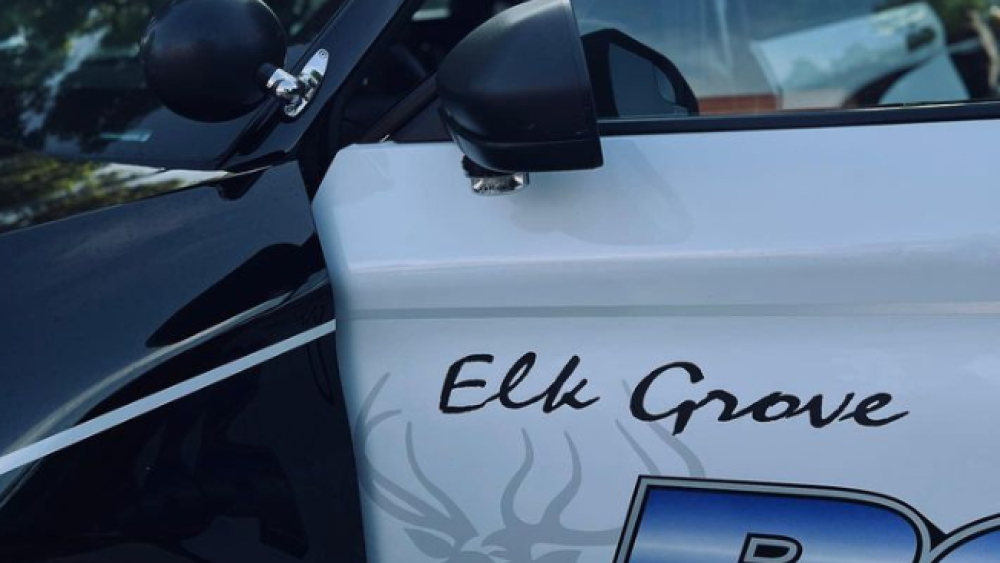Click here to download Police1’s digital edition on empowering law enforcement through data sharing to gain access to strategies to improve investigations and ensure successful prosecutions.
Theft from U.S. retailers is on the rise. According to a Forbes magazine article summarizing the National Retail Federation’s National Retail Security Survey 2022, “Retailers, on average, saw a 26.5% increase in organized retail crime incidents in 2021. Beyond theft of goods, eight in ten retailers surveyed reported that violence and aggression associated with incidents increased in the past year.”
One way to fight the increase in all forms of retail crime is by bringing together various police departments, prosecutors and private sector retailers to share theft data and insights. In doing so, these groups can spot trends, identify organized crime groups stealing high volumes of goods across large areas, and formulate coordinated plans to counter them.
Such groups are known as “data-driven partnerships” and one of them currently operates in Sacramento, California. Known as the Organized Retail Crime Task Force, its members share data and strategies on an ongoing basis, along with working with the District Attorney’s office to ensure that the necessary information/elements for successful prosecutions are captured in police reports.
“Our Organized Retail Theft working group includes local police and sheriffs’ departments, the California Highway Patrol, and local district attorneys,” said Elizabeth Jacobson, a Real-Time Information Center Analyst/Crime Analyst with the Elk Grove (California) Police Department and a member of the working group.
“We also have big box stores such as Target, Rite Aid and Walmart just to name a few. We all sit together at a table monthly, sharing intelligence and ideas, and discussing what we can do to address what’s going on. Organized retail theft may not be the most egregious crime that’s happening in California, but it’s definitely very costly for the public by driving up prices and affecting their quality of life.”
Good information = Timely arrests
Fighting organized retail crime starts with knowing what’s being stolen, and how it is being stolen. “For instance, thieves are stealing large quantities of items in one incidence that equates to a large monetary loss for the store,” said Jacobson.
Similar thefts of high-value items such as perfume or alcohol take place in other stores. Again, the approach is the same. Teams of thieves hit the store at the same time to sweep items off the shelves and make a quick getaway. In many cases, such teams work on a regional basis, moving up and down the California coast in a pattern. Sharing this data with the Sacramento Organized Retail Theft working group helps everyone understand what’s going on, and how to deal with it.
In dealing with it, law enforcement is not advising retailers to become vigilantes. Instead, they are telling them not to engage with organized retail gangs, some of whom are quite prepared to become violent in order to complete their thefts.
“The goal is keeping employees and customers safe while gathering as much intel for police to use as possible,” Jacobson said. “Therefore, sharing the items being stolen, how many subjects took part and the vehicle involved in the crime is integral. The more information the officers have the better equipped they are when making contact with the suspects.”
Good reports = Successful prosecutions
Taking part in the Sacramento Organized Retail Theft working group doesn’t just help retailers get more effective help from the police. It also helps police officers get guidance from district attorneys on writing reports that lead to successful prosecutions.
“The DA’s input regarding what they need to support these theft cases in court is helpful,” said Jacobson. “This allows law enforcement to interact with district attorneys and discuss cases they may be currently working on. This ensures when the case goes to court, the police report conveys in as much detail as possible what occurred in the store.”
Form data-driven partnerships now
The data-driven work being done by the Sacramento Organized Retail Theft working group is helping police, prosecutors and the private sector deal more effectively with this type of crime. This is why Elizabeth Jacobson advises police departments in other jurisdictions to form their own data-driven partnerships now.
“In an age where criminals are working together more, it is necessary for law enforcement and the private sector to work together more closely as well,” she said. “The bottom line is to help the community; it always has been. When we all come together, we can affect change, Our meetings consistently have strong attendance with intel being shared. In my mind, this data-driven partnership is working.”



